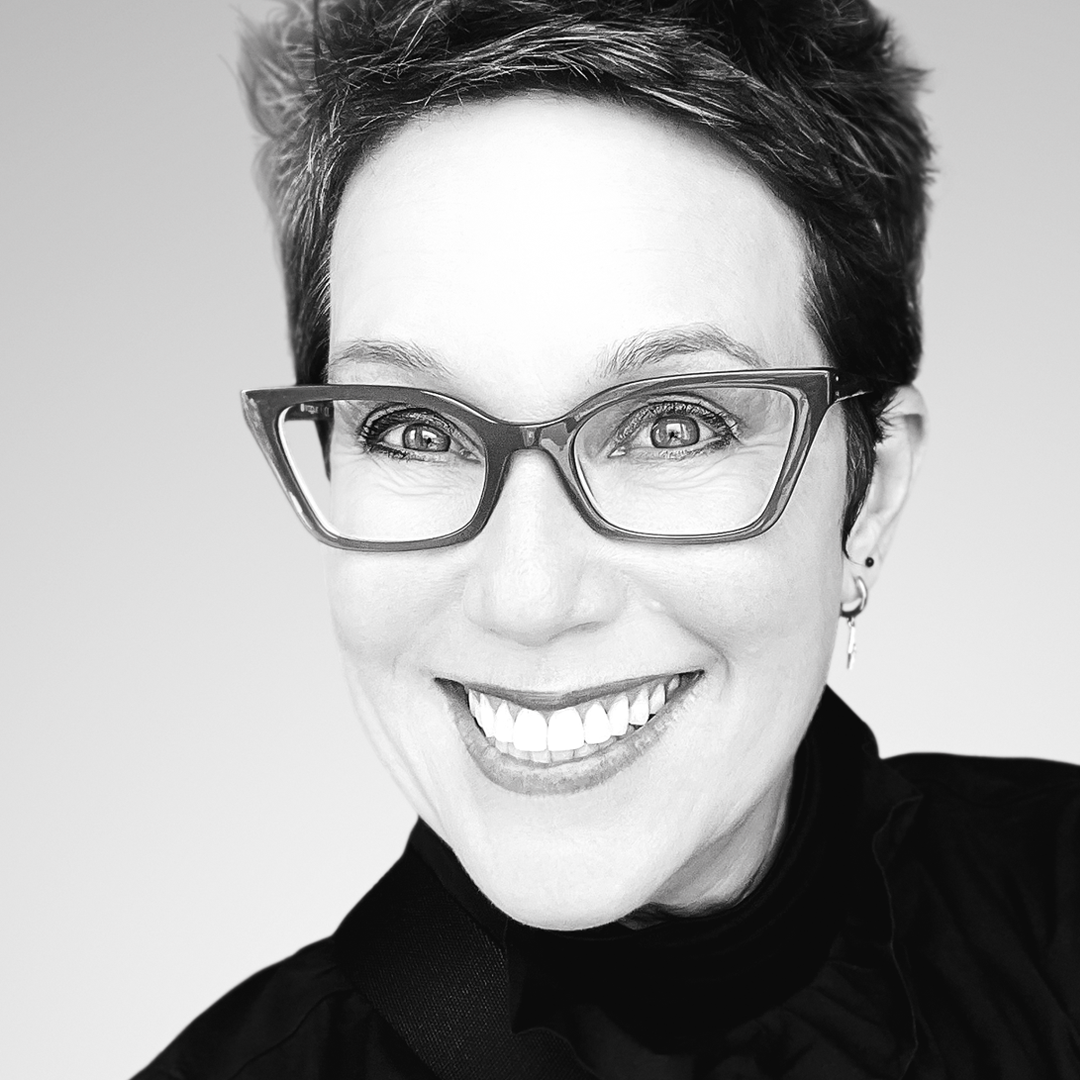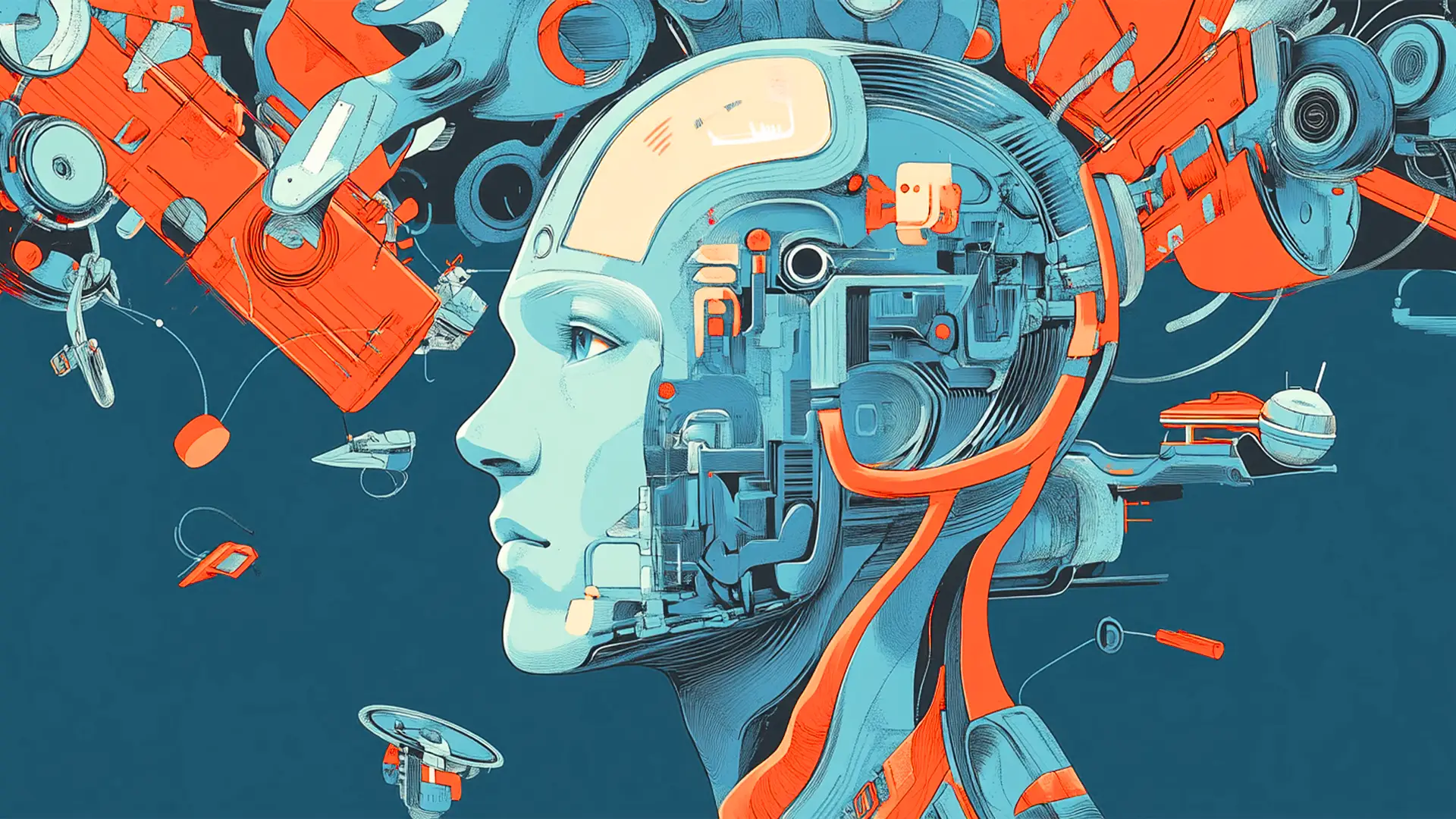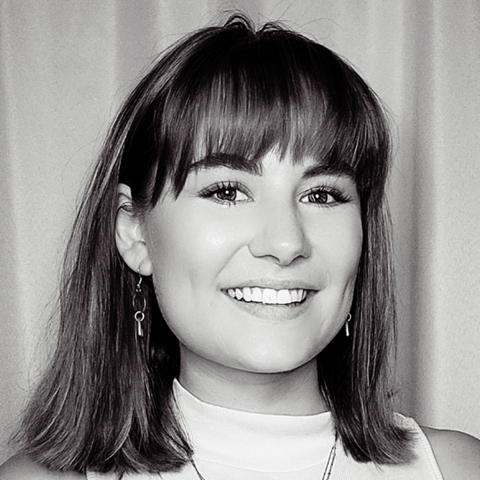Key Takeaways
- AI, AI, AI: Leaders are grappling with artificial intelligence's (AI) potential, from launching AI-infused services to driving responsible exploration and increasing efficiency.
- Alignment is paramount: Bridging the gap between design and business, brand and user experience (UX), and disparate customer experiences is crucial.
- Efficiency remains essential: Leaders are seeking new ways of working to achieve speed, improve prioritization, and deliver tangible results.
- Keeping innovation in the equation: Hand-in-hand with efficiency, unlocking design's true power to discover problems and reimagine possibilities is a top priority.
Listen: Beyond survival: design leaders focus on strategy in 2025.
Last year, many businesses expressed low confidence in the power of design inside their organizations, shifting their focus to the promise of new technologies to reduce costs and accelerate output. To afford that exploration, they’ve laid off thousands of employees—including design leaders, whose line-item cost seemed a fast way to save money.
These corporate moves have galvanized design leaders who know the impact of business tradeoffs that don’t have humans at their center. So it’s no surprise that when we gathered senior leaders in our InsideOut community to hear their top priorities for this year, a mix of technology, business, and humanity made their lists.
The AI evolution: From exploration to embrace
After a frustrating year of hearing hollow but fervent pleas of, “But what are we doing with AI?!” savvy creative leaders are shifting their focus from random tech exploration to embedding AI into their design workflows as a tool, not a solution. They’re also proactively looking to AI for efficiency, not just ideation and iteration.
For those in industries more friendly to AI usage, senior leaders aim to infuse artificial intelligence into customer-facing experiences to solve deeper issues that would require costly time and effort from already short-staffed teams. They’re pursuing ways to deploy agentic AI to unlock time for Design Teams to focus more on business problems and less on basic production.
Most importantly, senior design leaders are taking their role as stewards of responsible AI use seriously, exploring ways to educate partners on guardrails, actively seeking potential areas of concern, and putting checks in place to avoid unintended consequences. One leader pointed out that using AI to check its own work at scale—followed by human review—could speed the identification of unseen longer-term repercussions before they reach customers.
Connecting dots and closing gaps
Thanks to non-stop organizational change, siloed departments have become widely dispersed individuals, lacking connection to a North Star or allegiance to a company, team, or purpose. Senior leaders know the power of connecting the dots to help employees align on what’s important—and the cost of disconnection.
Leaders in our roundtables have identified critical gaps they hope to shore up this year between concepts (design and the business), functions (Brand and UX), and customer experiences (across product lines and services). While still a work in progress, they’ve already begun crafting new ways to explain design’s value as a problem-solving partner and embedding business goals and data into processes to reshape how their teams benefit the company.
Staff reductions have led to confusion about where key functions like Brand and UX should fit within organizations, requiring collaboration among stretched teams that can no longer afford to work alone. As companies seek greater profits, rebrands and product launches abound, creating a pressing need for communication and cooperation to ensure seamless customer experiences that delight—not disappoint—customers who are overwhelmed by options but concerned by economic uncertainty.
The need for alignment is urgent, but design leaders excel at solving messy problems and bringing people together to do so.
Harnessing efficiency and innovation for impact
Over time, the scales have tipped toward efficiency, then innovation, and back as access to resources expanded and contracted. But the volatility of business today demands both savings and investment for businesses to keep the lights on and keep up with a highly competitive landscape where challengers skyrocket and front-runners fall.
Design leaders get it and intend to use their people, tools, and processes to deliver impact. One crafty senior leader is deploying a rapid product discovery system to speed exploration and uncover revenue-generating opportunities faster—at lower costs. Another is partnering more closely with their Strategy Team to explore new horizons and apply creative thinking to tap into low-cost, high-impact solutions.
A strategic approach to innovation involves embracing new ways of working. One leader aims to scale innovation sprints across the company, bringing Design in early and utilizing a “build-to-think” process to prototype and test ideas rapidly. This agile approach allows teams to quickly iterate and refine solutions, maximizing learning and accelerating the pace of transformation. Yet another way design leaders can add value at scale.
Shaping the future together
The priorities outlined above—embracing AI responsibly, fostering alignment across the organization, and maximizing efficiency and strategic innovation to drive impact—reflect the hurdles and opportunities that lie ahead for creative and design leaders in 2025. While the path forward may be uncertain, it’s clear that these issues are too big to tackle alone.
Having seen what a community can do for senior leaders facing unprecedented global challenges, we’re all in for solving problems together. Buckle up. We’re hopeful that this year opens unimagined pathways to shared success for businesses, teams, and leaders alike.
Why do we care? Our mission is to connect leaders to find solutions. If you're a senior design, experience, or creative operations leader of an in-house team at a high-profile brand and want to connect with others who share your unique challenges, let's talk. Our InsideOut community hosts small-format roundtables to support the learning and growth of our members, and we’re honored to facilitate those discussions.
Latest.

How to reduce Scope 3 with carbon negative staffing.
Climate Action, Consulting & Operations, Sustainability

Blockchain technology is the future of marketing.

How to use GenAI for actually strategic marketing campaigns.
Content & Creative, Innovation & Emerging Tech, Marketing & Analytics









